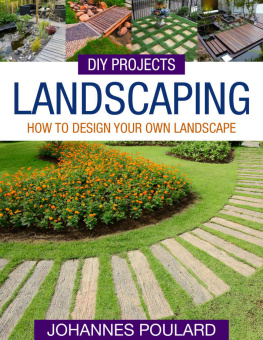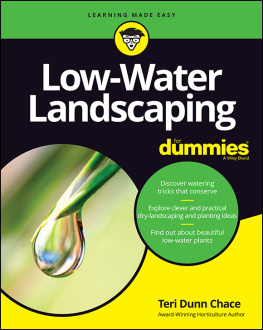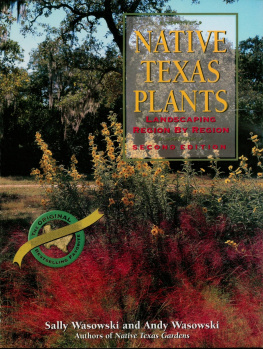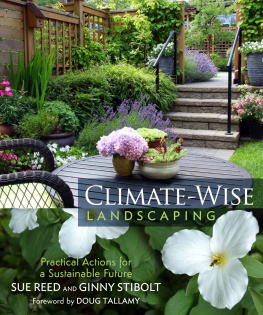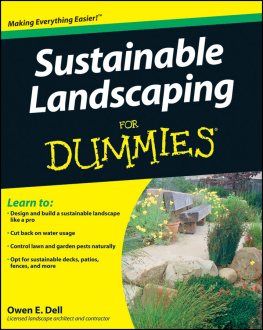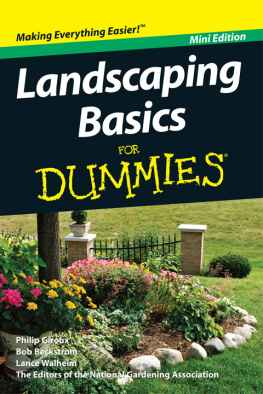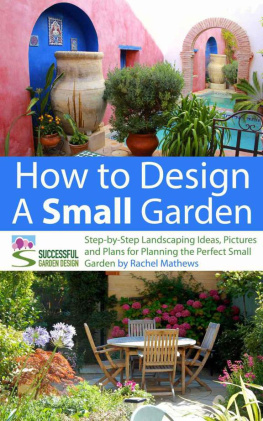DIY PROJECTS: LANDSCAPING: HOW TO DESIGN YOUR OWN LANDSCAPE
For do-it-yourselfers who want a professional quality landscaped yard all year round
INTRODUCTION:
Have you ever thought you spent too much money on your landscaping. Though in years past, people mowed their own lawns and trimmed their own bushes, today landscape maintenance and design is a multimillion dollar business. People today spend millions of dollars on not only materials to do their landscape design but to hire professionals to do it.
The whole idea of How to Design your Own Landscape is to give you the tools and the tricks to do a professional job on your own yard and not pay the professional price.
Written by professional landscapers who have been in the industry for more than ten years, this book is a full in-depth guide on how to do everything in your yard yourself, from planting flowers and lawn maintenance to water gardening and proper pond maintenance.
When reading this book, you will learn all the skills to properly mix both concrete and mortar, learn the names and uses of the proper masonry tools which you can use for building your own masonry walls and features from either brick or natural stone. You will also learn about how to do stonework using the dry stack method without any mortaring.
You will also learn about proper lawn seeding and mowing. The most important thing, however, where all do-it-yourselfers make the biggest mistakes is fertilizing your lawn. You will understand the difference between chemical and organic fertilizers. You will also understand that there are different procedures when it comes to the two fertilizers.
Uneven pavers are probably the most annoying thing in your walks or patios. In How to Design your Own Landscape , you will also learn the different packing media available, the benefits of both mason sand and moon dust as a bed for your paver bricks. You will also learn how to properly set up the area you want paved and how to tamp the pavers into place so they are even.
Why pay several hundred dollars to have a concrete truck come in and pour a slab of concrete? Well, if you need to pour a small slab of concrete, you will learn how to properly mix concrete, what goes into concrete and when learning about concrete and mortar, you will learn what Portland cement is and the different letter codes which denote how much Portland cement is in the cement mix you want to use. You will also learn for which type of cementing the different letter codes are meant for.
If you are a do-it-yourselfer and want to have a professional quality job, or are just a beginner, just bought a house, but dont want to spend money on a contractor, then this book is good reading material for you.
Table of Contents
Chapter One: Basic Landscape Design and Installation learn how to do simple landscape
designs , proper planting of annuals, perennials, shrubs, and trees. Learn weed prevention, growing a stellar lawn, creating an in-ground sprinkler system that attaches to your hose spicket, and setting sprinklers on a timer.
Chapter Two: Basic Care of Landscape Trees and Shrubs What are sucker shoots, why sucker shoots need to be removed, fertilization of flowering shrubs, soil Ph quality and how it can manipulate hydrangea flower color.
Chapter Tree: Choosing and controlling ground cover, different varieties of ground cover plants, preventing ground cover from growing in areas where they are not intended to grow.
Chapter Four: Proper lawn maintenance in summer and fall. Maintenance of your lawnmower, why leaves are bad for your lawn, proper fertilization of your lawn, and winterization.
Chapter Five: Paving and creating paths Learn how to properly install paver bricks or stones, using packing material, such as packing sand and moon d ust. Use of pea gravel, road pack, and river rock.
Chapter Six: Enhance your landscaping with stonework. Learn different kinds of stonework, dry stack and masonry, proper mortar mixing. Denoting mortar strength codes, building landscape features for your front and back yard using stone masonry, such as grills, fire pits, and sitting areas.
Chapter Seven: Water gardening and water features. Turn your backyard into your private sanctuary. Learn how to build ponds using both loose stone and masonry, different water features, hardscaping, building water manifolds to control water features, stocking fish, types of pond fish, pond plants, proper filtration, biological treatment, and winterization.
Epilogue: How to employ all the skills covered in the above chapters to create your own personal landscaping like a pro.
Chapter One
Basic Landscape Design and Installation
Do you have a lousy or just unattractive yard? Don t have the money to hire a professional landscaper to create that curb appeal and a great backyard, which you can enjoy for ages to come. Well, this book is for people who like to do things around the yard themselves. In this chapter, you will learn about the following:
- Basic landscape design: how to properly compose your yard with the use of your computer or on paper.
- Proper planting of trees, shrubs, annuals, and perennials: organic fertilizers versus chemical fertilizers, mixing planting soil with peat moss, and preventing your flower beds from being overtaken by weeds.
- Positioning sprinklers and creating an in-ground sprinkler system: Creating your own irrigation solutions from items you can purchase at your local home improvement store.
- Proper lawn planting: using both sod or seeding. Different types of grass and what is good for sunny or shady yards.
Basic Landscape Design
Before you can have a nice yard to enjoy during the summer, or the other three seasons, you need to design your landscape. If you are a good artist and can draw, you can draw your design on paper, but using special architectural software to design your yard properly.
Landscape design software packages are readily available in many home improvement stores. One caveat, however, you want to make sure you have a good quality program for your computer before you purchase a software package. The period we currently live in is digital and we have easy access to digital cameras. Many of you own smartphones with a high quality digital camera built in. That s all you need, if you have a good home design software package.
A good quality landscape design software package will allow you to import photos from your digital camera of your home and yard. You can then manipulate these photos within the program by adding flowers, features, and other things you would like to have in your landscape design.
Good landscape design programs may also use the internet to give you access to the USDA zone your home is located in. This is definitely a plus, as certain plants can be perennials in different USDA zones further south, yet those same plants can only grow as annuals in other USDA zones. The USDA has created a special growing map of the United States, which is divided in different zones with color codes ranging from blues to yellows and reds. The more blue your zone is, the colder your climate is. Vis versa, the more yellow or red your zone is, the warmer your climate is.
Some landscape design programs will actually have the USDA climate zone map w ith thousands of plants which are compatible for each zone. A good landscape design program should also give you information about the different plants, whether they will grow in your climate zone as perennials or annuals.
Choosing the right landscape design software for your computer can be a bit tricky. There are many programs which are compatible with both Windows or MAC OS. You need to know what operating system your computer runs on. Today, most macs are outfitted with either the Maverix or Yosemi te OS. Older macs which still run Mountain Lion may not be compatible with programs sold today, so you may want to upgrade your mac. With PCs, the same thing is true. Most software sold in stores today are made for the latest versions of Windows, so if you have an older PC which runs on Windows XP, 2000, etc, you may want to consider upgrading, otherwise your software may not work properly.
Next page
